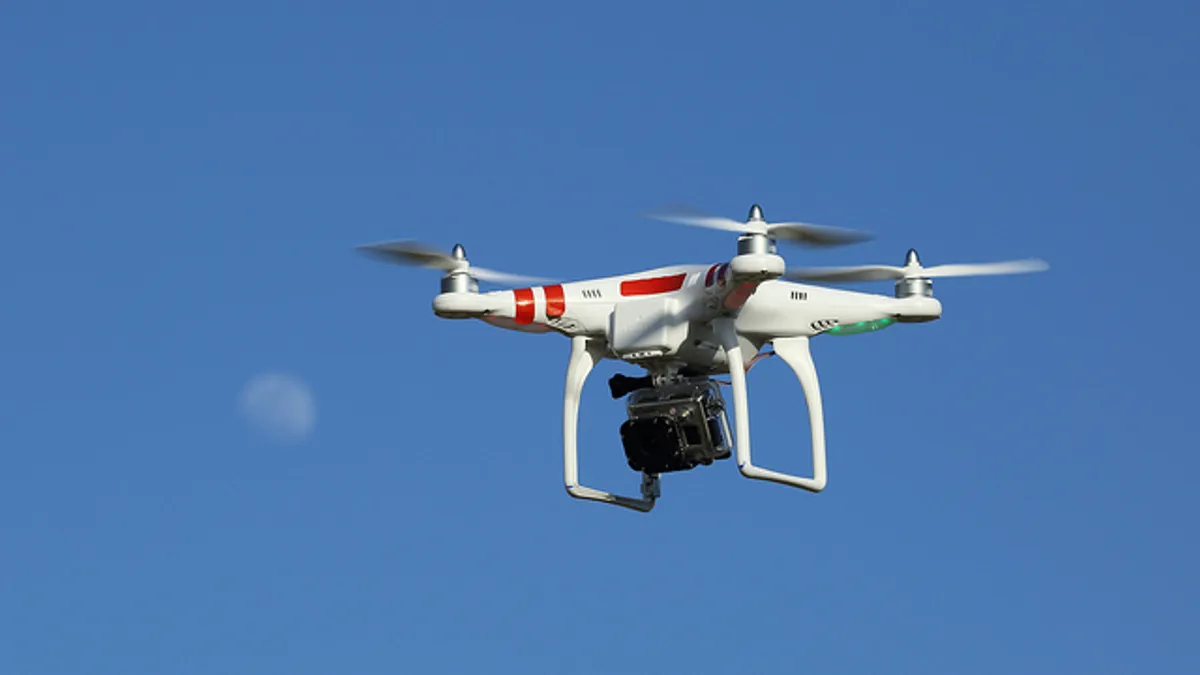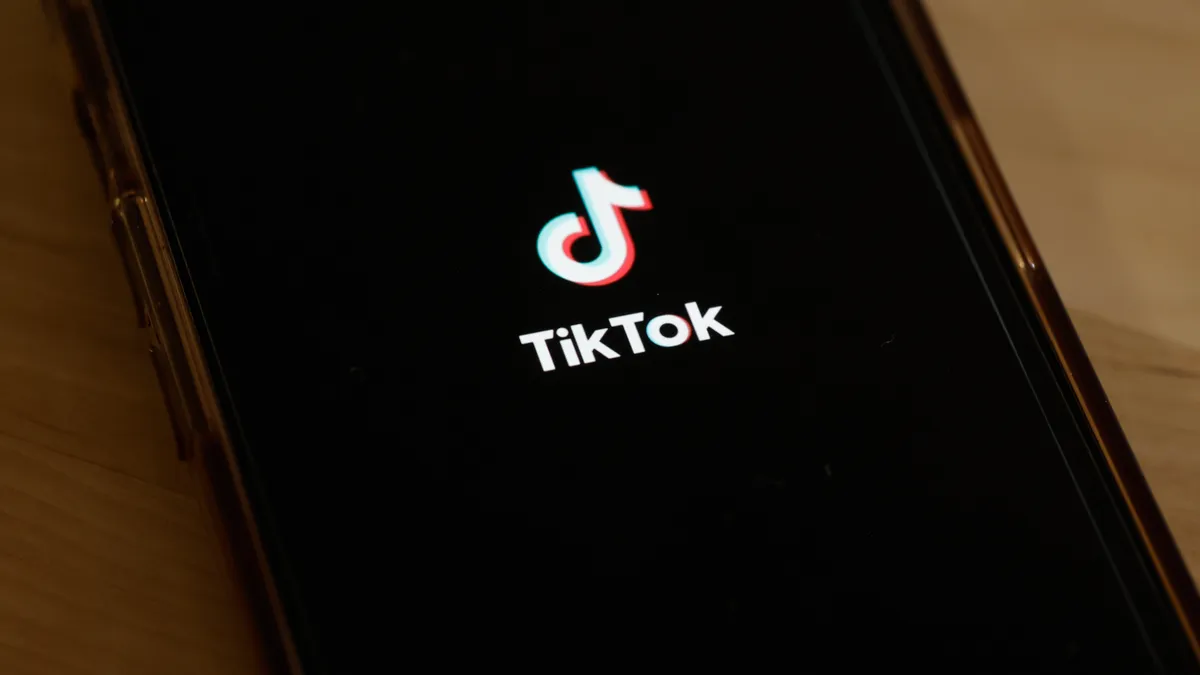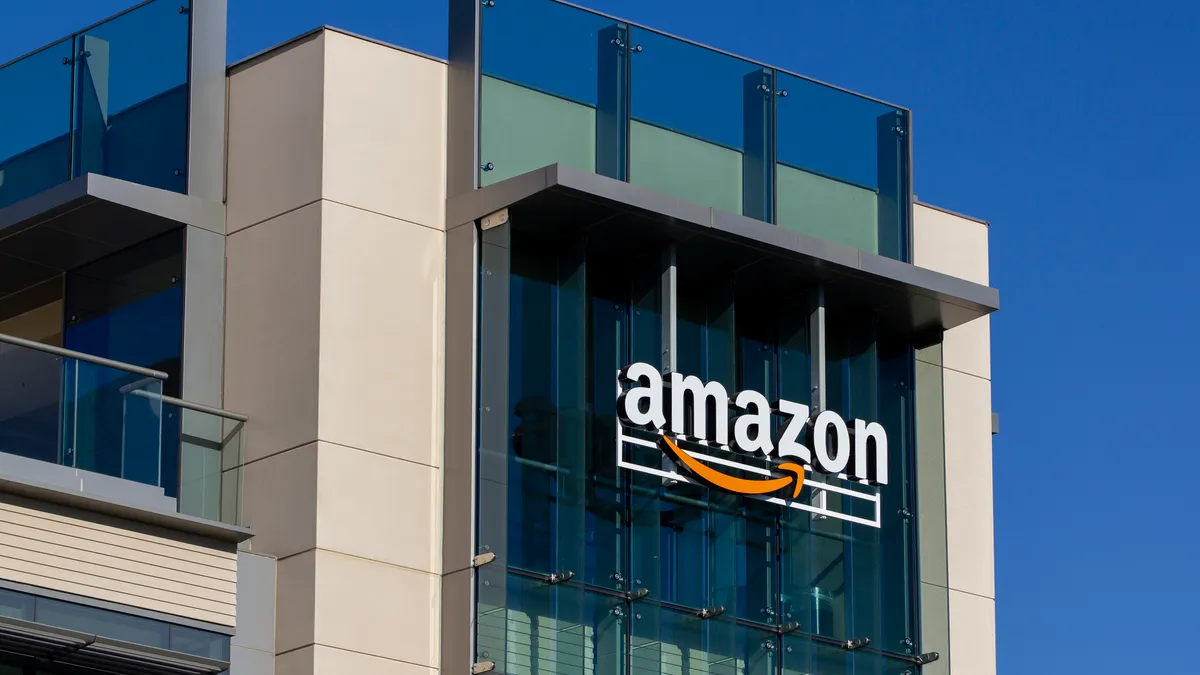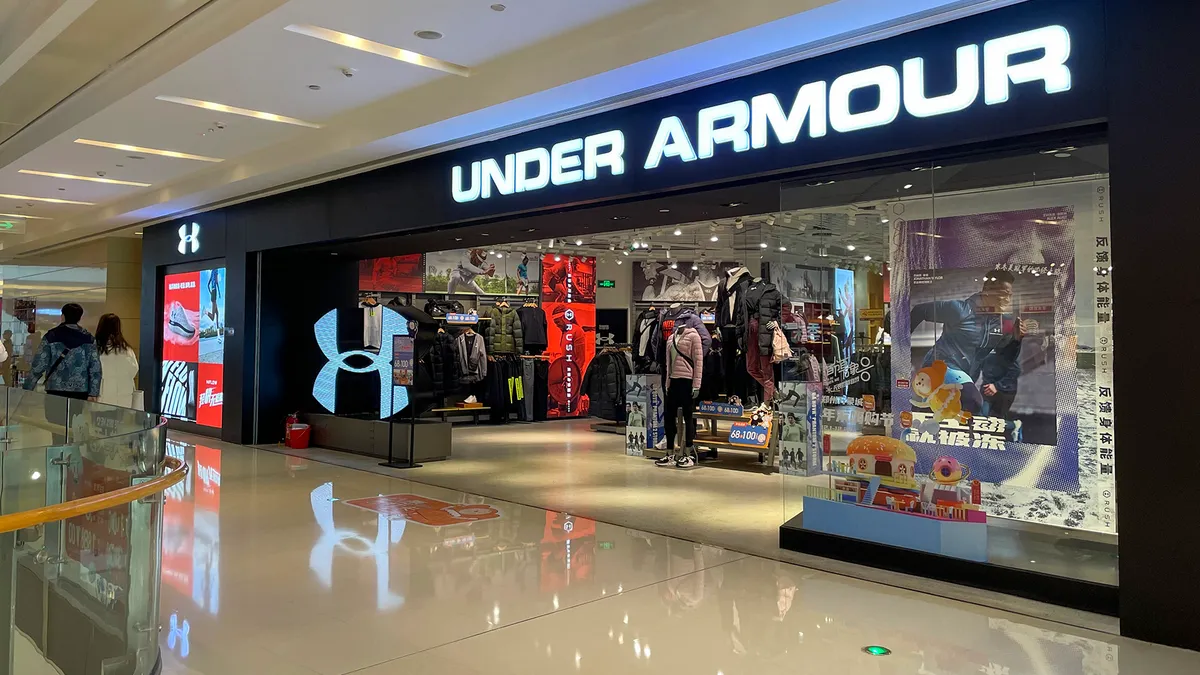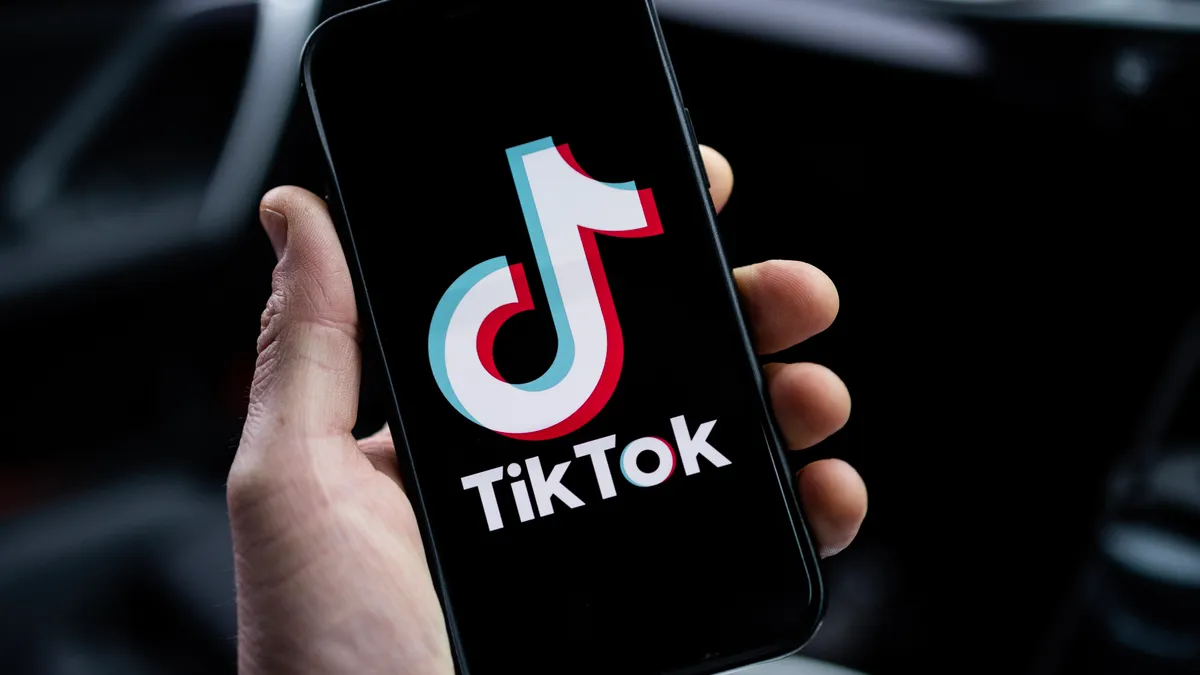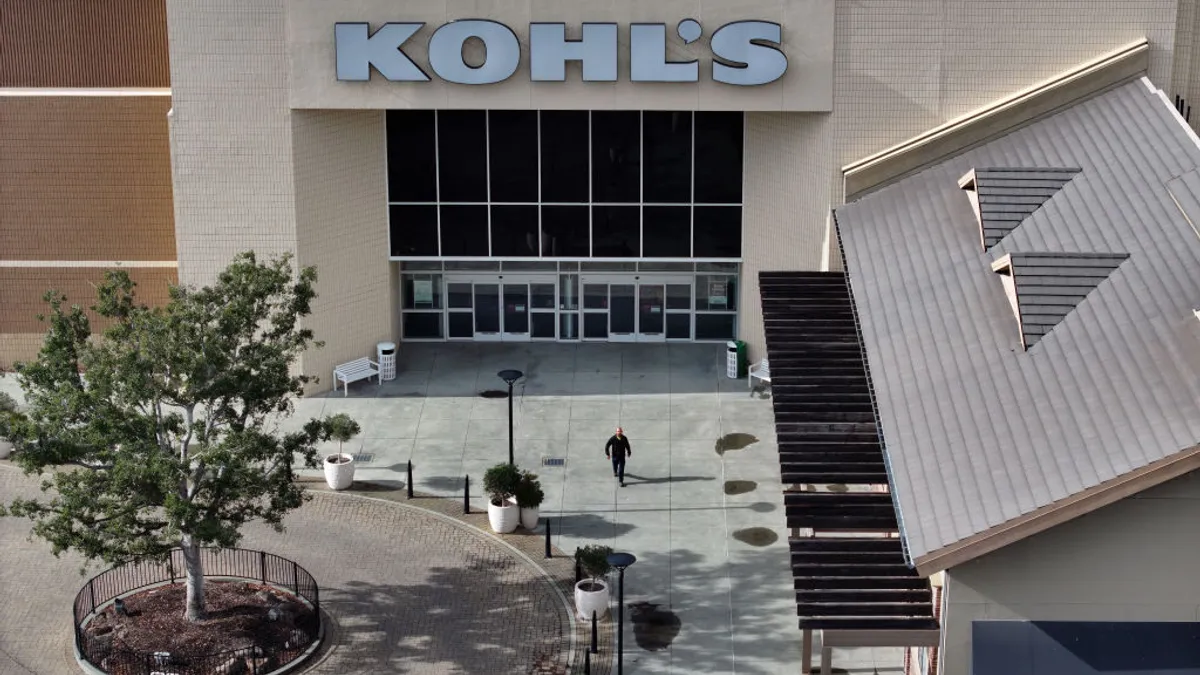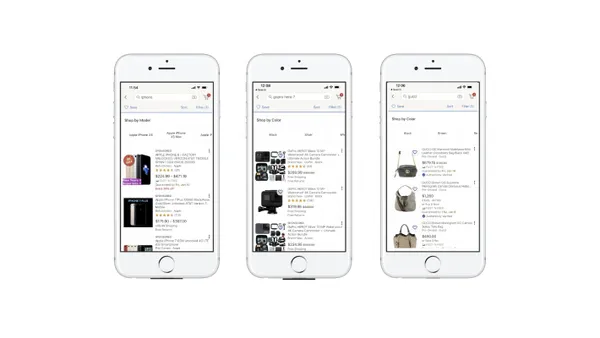Citing safety concerns and dashing Jeff Bezos' somewhat-wild hopes and dreams, the Federal Aviation Administration (FAA) and the Department of Transportation (DOT) released a rulemaking proposal earlier this month that precludes Amazon from building its much-hyped Prime Air drone delivery service—at least until the technology improves.
Amazon had hoped to launch Prime Air this year, delivering packages within a 10 mile radius of the company’s U.S. fulfillment centers in 30 minutes or less.
And the e-commerce giant is not alone in trying to speed delivery using drones—Google, Chinese e-commerce giant Alibaba, and even Domino’s Pizza have conducted test flights in an effort to satisfy consumers’ need for instant gratification.
Originally floated by Bezos on 60 Minutes in 2013, Amazon’s drone-delivery concept has always seemed a bit pie-in-the-sky, in spite of the military’s mastery of long-range drones and Alibaba’s recent drone test flights that delivered boxes of tea to residences in Beijing and Shanghai. Even Bezos admitted that the 2015 target seemed optimistic.
The proposed FAA regulations say drones must weigh less than 55 pounds, fly less than 100 miles per hour, and—most restrictive of all, for package delivery—remain in the line of sight of an operator. The rule would also limit drone flights to 500 in feet altitude unless its pilots win FAA clearance to fly between 500 and 18,000 feet.
Regardless, the company is forging ahead where possible.
“The FAA needs to begin and expeditiously complete the formal process to address the needs of our business, and ultimately, our customers,” said Paul Misener, Amazon’s vice president of Global Public Policy, in a statement to The Guardian. “We are committed to realizing our vision for Prime Air and are prepared to deploy where we have the regulatory support we need.”
Companies including the U.S. Postal Service (USPS), FedEx, Google, and Amazon are in a race to install solutions designed to speed delivery, add convenience, and lower costs on online purchases, according to a recent report from Gigaom Research. And while most aren’t as splashy as drone delivery, some are just as futuristic.
Big Data
Old-line carriers including USPS, FedEx, and UPS constantly use data to streamline services and create operational efficiencies. With the most infrastructure to maintain, all three services use dynamic routing to save time and money on deliveries; UPS is recognized worldwide for instituting operational efficiencies on the road, such as its famous no-left-turn rule, which saves millions of gallons of gas every year.
USPS recently introduced Intelligent Mail barcodes (IMb), and has deployed 75,000 mobile scanners to its carriers. IMb helps predict volume and create efficiencies, and also makes direct mail a valuable part of the omnichannel marketplace by confirming delivery digitally.
Courier
While local delivery isn’t exactly futuristic, it is fast—and Amazon and Google are vying to bring consumers this ultimate convenience from desktop and smartphone.
Amazon’s latest offering is Prime Now, a courier service available in Manhattan and Brooklyn, that promises to bring household essentials and other items to customers’ doorsteps within one hour for $7.99, and within two hours free of charge.
Google Express also promises same-day delivery of groceries, sundries, and other goods from dozens of retail partners such as Walgreens, Toys 'R' Us, and Staples in seven major metropolitan areas. And eBay Now competes directly with Google Express with a similar variety of goods in almost exactly the same, concentrated markets.
The ride-share service Uber may soon be a contender in this area, too. Last August, Uber tested an UberEssentials service in Washington, DC, offering about 60 drugstore basics such as toothpaste through the Uber app, with delivery from computer-dispatched drivers in 10 minutes or less.
Partnerships
Amazon is offering Sunday deliveries of certain items to customers in New York City and Los Angeles via USPS, and wants to expand the service next year to several other cities.
“If you’re an Amazon Prime member, you can order a backpack for your child on Friday and be packing it for them Sunday night,” said Dave Clark, vice president of worldwide operations and customer service for Amazon, in a statement.
Driverless Cars
Google is building a fleet of cars that use sensors and computers to navigate without drivers, and plans to use them to build same-day delivery. And in Germany, Volkswagen and Deutsche Post DHL are working on an electric delivery van that follows the delivery person from house to house, guided by a wireless touchscreen.
3-D Printing
What’s faster than an hour? Instantaneous delivery via web. UPS offers a service that allows customers to use 3-D printers at almost 100 locations nationwide to “print” cellphone accessories and other small items. It isn’t hard to imagine the logistics specialist or a retailer allowing customers to download the specs on any number of 3-D nylon-plastic items they need to their home MakerBots, making delivery as fast as their connections permit.
The last mile is still the hardest
With any delivery technology, the last mile presents the biggest challenge and cost, according to the Gigaom report. While Alibaba’s test flights were impressive, they were met by human couriers on the ground, who delivered the packages to their recipients on foot. It remains to be seen if a drone or any other tech solution can get a package to its ultimate destination without human intervention, but companies are determined to find a way.


